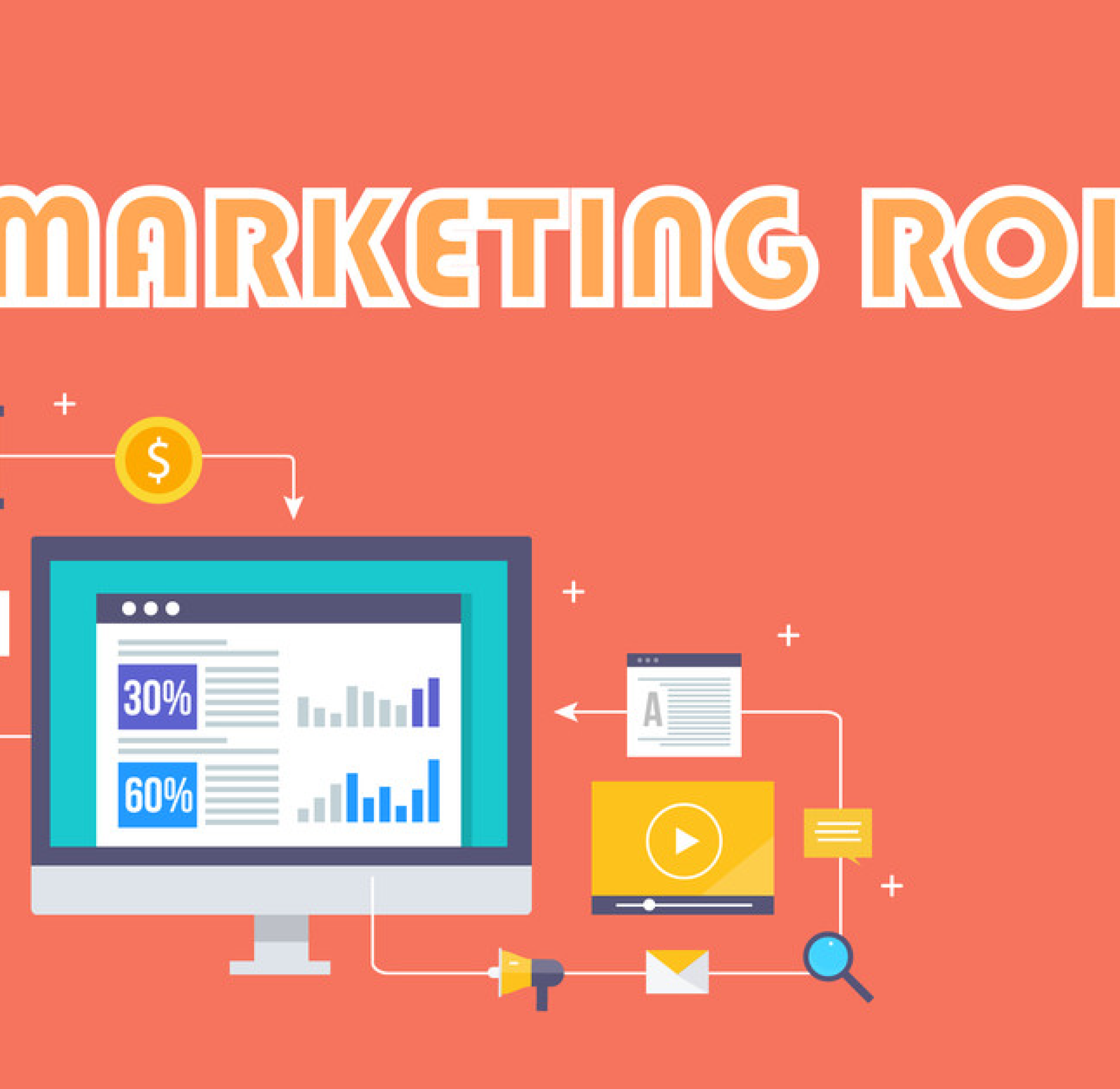The ROI of Digital Marketing: What to Track and How
The ROI of Digital Marketing: What to Track and How

Every business wants results from its digital marketing investment, but success is more than just increased traffic or likes. Real impact is measured by return on investment, or ROI. Understanding how to calculate and track ROI in digital marketing helps businesses allocate budgets wisely, optimize campaigns, and prove the value of their marketing efforts. At Obzor Digital Marketing Agency, we guide businesses in tracking meaningful metrics that drive real growth. Here’s how to do it.
What Is Digital Marketing ROI
ROI in digital marketing refers to the return you get from your marketing spend. In simple terms, it answers the question: are your marketing efforts generating more revenue than they cost? A positive ROI means your campaigns are profitable, while a negative ROI suggests you are spending more than you’re earning.
The basic formula for ROI is:
ROI = (Net Profit from Campaign – Cost of Campaign) ÷ Cost of Campaign × 100
While this formula gives a high-level view, measuring digital marketing ROI requires a deeper look at various metrics and attribution models.
Why Tracking ROI Matters
Tracking ROI is essential to understanding which strategies are working, justifying marketing spend to stakeholders, and continuously improving performance. Without it, decisions are based on guesswork rather than data. Effective ROI tracking helps identify what drives conversions, where leads come from, and how to replicate success at scale.
Key Metrics to Track
1. Conversion Rate
The percentage of users who complete a desired action, such as making a purchase, filling out a form, or signing up for a newsletter. High conversion rates indicate that your messaging and user experience are effective.
2. Customer Acquisition Cost (CAC)
This measures how much it costs to acquire a new customer. Divide the total marketing spend by the number of customers gained in that period. Lower CAC with higher conversion means greater efficiency.
3. Customer Lifetime Value (CLV)
CLV estimates the total revenue a business can expect from a customer over their entire relationship. When paired with CAC, it helps determine profitability per customer.
4. Click-Through Rate (CTR)
The percentage of users who click on an ad, email, or link after seeing it. CTR indicates how effective your messaging and calls to action are at generating interest.
5. Traffic Sources
Understanding where your traffic comes from—organic search, social media, email, paid ads—helps you allocate budget to the most profitable channels.
6. Lead Quality
Not all leads are equal. Measure lead quality by tracking how many leads convert into paying customers and their average order value.
7. Bounce Rate and Time on Site
A high bounce rate or low average time on site can indicate that visitors aren’t finding what they’re looking for. These metrics help assess the relevance and engagement of your content.
How to Track ROI Effectively
1. Set Clear Goals
Before launching any campaign, define what success looks like. Whether it's sales, leads, or app downloads, having clear KPIs allows for accurate measurement.
2. Use the Right Tools
Analytics platforms like Google Analytics, Google Ads, Facebook Ads Manager, HubSpot, and CRM systems are essential for tracking digital marketing ROI. They help track user behavior, conversion paths, and channel-specific performance.
3. Implement Proper Attribution Models
Attribution models help you understand which touchpoints in the customer journey contribute most to conversions. Common models include first-touch, last-touch, and multi-touch attribution. Choose the one that aligns with your sales cycle and campaign goals.
4. Monitor and Adjust in Real-Time
Digital marketing is dynamic. Review campaign performance regularly and make data-driven adjustments. A/B testing, audience targeting, and budget reallocation can significantly improve results.
5. Report Consistently
Create standardized reports to share with your team or stakeholders. Use dashboards to visualize ROI trends, track progress toward goals, and identify opportunities for improvement.
How Obzor Digital Marketing Agency Helps
At Obzor, we take a results-first approach to digital marketing. Our team builds campaigns with ROI in mind from the start. We identify the right metrics for your business, set up custom dashboards, and provide transparent reporting so you always know what’s working. From SEO and paid ads to email and content marketing, we ensure every dollar spent delivers measurable impact.
Conclusion
Tracking the ROI of digital marketing is not just a financial metric—it’s a strategic advantage. By measuring the right data, using reliable tools, and continuously optimizing your campaigns, you can drive smarter growth and outpace your competition. If you’re ready to build data-driven marketing that delivers real results, reach out to Obzor Digital Marketing Agency today.





